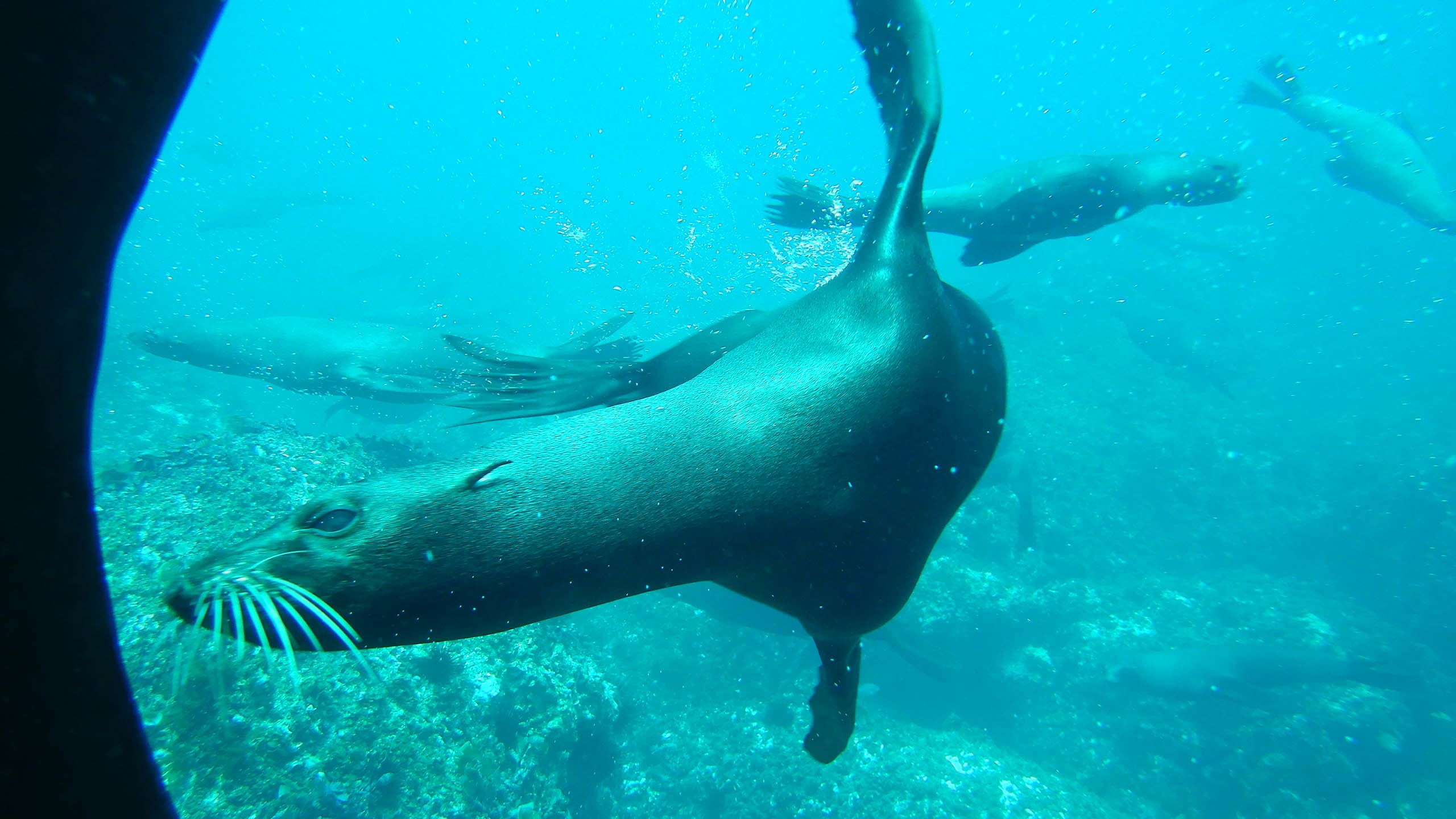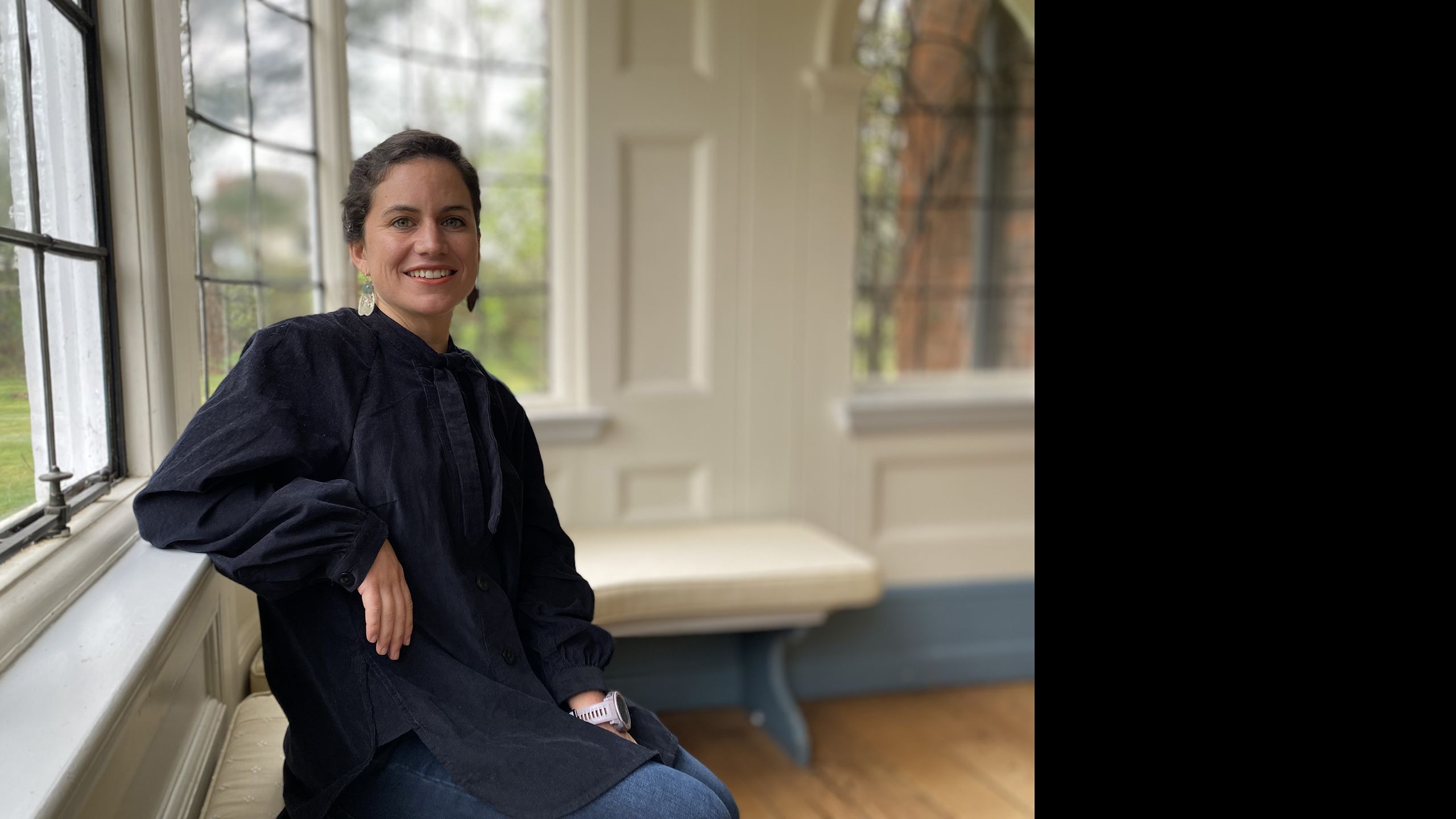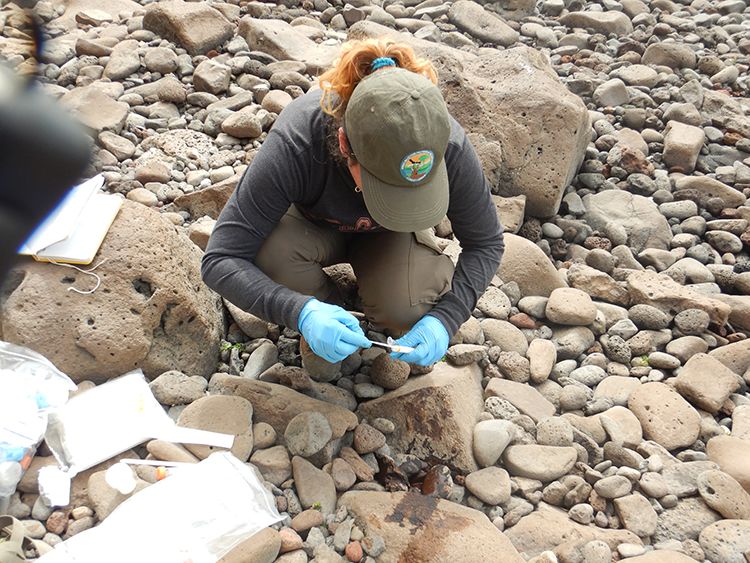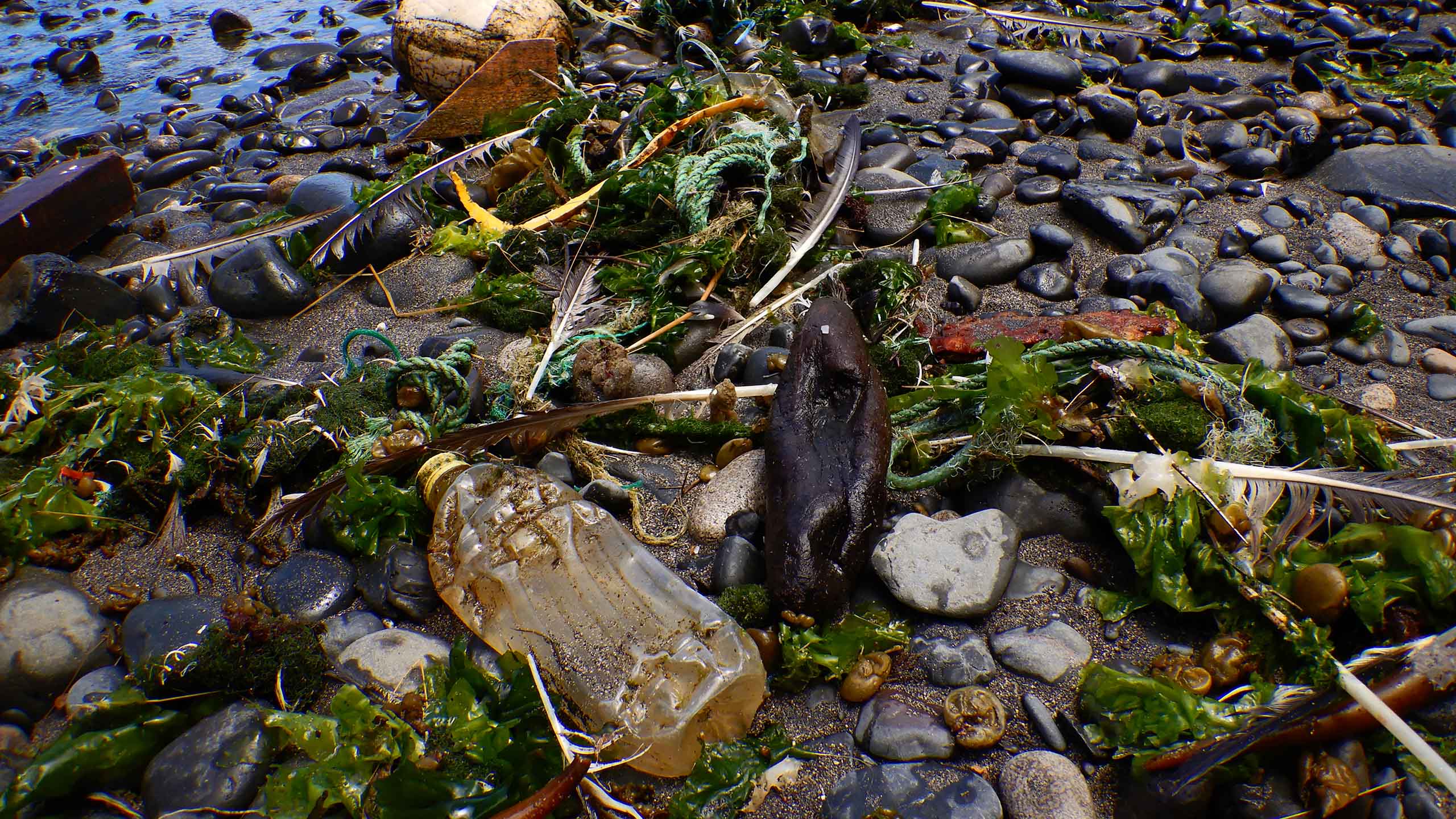Toxic discovery on Robinson Crusoe Island

Dr Constanza Toro-Valdivieso has been to the ends of the Earth to collect seal poo.
She’s known as la niña de las cacas, or the poo girl, in the Chilean islands of Juan Fernández.
The samples she collects are providing valuable information about a little-studied species that came back from the brink of extinction.
Her results show these seemingly healthy seals are contaminated by toxic heavy metals.
The only known breeding ground for the Juan Fernández fur seal is an archipelago 500 miles off the coast of Chile in the South Pacific Ocean.
Discovered in the 1500s, the fur seals were then hunted almost to extinction in the centuries that followed. A small number of seals survived and were rediscovered in the 1960s.
Since then, a 30-year hunting ban enabled the population to grow. The ban will be reassessed by the Chilean government in 2025.
Despite this survival story, the species remains poorly understood.
Journey to Robinson Crusoe’s island
Constanza Toro-Valdivieso was studying to be a vet in her home country of Chile when she first read about the fur seals of Juan Fernández.
The archipelago is probably best known for the story of Alexander Selkirk, a Scottish privateer marooned there from 1704 to 1709 whose story is thought to have inspired Daniel Defoe’s 1719 novel The Life and Strange Surprizing Adventures of Robinson Crusoe of York, Mariner. In the hopes of boosting tourism, the Chilean government decided to rename the three islands Alejandro Selkirk, Robinson Crusoe and Santa Clara in the 1960s.
Today, this one-time pirate hideout and penal colony is home to one of the least known species of fur seals on the planet.
But reaching them is no small matter. On her 7,600 mile journey from Cambridge to Robinson Crusoe Island, Constanza has met with leaky boats, bad weather and closure of the islands for fire risk.
Why study the fur seals? Because this knowledge would be a valuable contribution to monitoring and managing the protected marine ecosystem around the islands, says Constanza from Cambridge’s Department of Veterinary Medicine.
“Even though Juan Fernández has been identified by UNESCO as being important for its biodiversity, resources for observing and enhancing conservation in the region are scarce,” she explains.
“Identifying and studying ‘charismatic’ species like fur seals can have an essential role in promoting awareness and action. But information on the fur seals is limited and outdated. I wanted to create a ‘benchmark’ of their health so that we can measure changes in the future.”
And the benefits extend beyond protecting the fur seal population to protecting the health of our seas.
“Because these are marine animals, their health tells us about the oceans they inhabit, like a sort of ‘canary in the coalmine’ of the seas. For instance, warming of the seas by climate change affects abundance of prey and mating behaviour.”
Marine pollution is another critical factor...
“A few hundred miles to the west of the Juan Fernández archipelago is a huge area of plastic contamination 18 times the size of the UK.”
“We know that plastic debris, which can be may be micro- or even nano-sized, absorbs toxic heavy metals such as cadmium and mercury released into the seas by human activities like mining and oil extraction.
“We also know that marine mammals can be highly exposed to heavy metals particularly if, as fur seals do, they feed on species like octopus and squid.
“Although the Juan Fernández fur seals live in an almost pristine environment, their foraging grounds coincide with the area of plastic pollution. What effect, we wondered, would this have on them?”

“You’re making your way through a sea of noisy creatures that look at you curiously, deciding how to react, and then a strong smell hits you.”
“It’s a mix of rotten fish and ammonia so pungent and unpleasant it brings tears to your eyes.”
“But then the excitement kicks in. You’ve found your first sample of fur seal poo. At that moment, I learnt an important lesson, bad smells equal success.”
Winning the Poo
Collecting poo can tell you a lot about an animal’s well-being because what happens in the gut can be detected in the faeces.
As a veterinary scientist, Constanza knew that valuable clues on health and disease could be revealed through looking at the makeup of the microbiome – the trillions of microorganisms in the gut that support the healthy daily working of the body but can change depending on environmental stress, diet and disease.
She applied for a PhD at the Department of Veterinary Medicine with Dr Barbara Blacklaws, an expert on how the faecal microbiome of wildlife can be used as a non-invasive way to determine the health of populations.
On field trips, National Forest Corporation park rangers helped her with transportation from the small settlement of San Juan Bautista to the seal colonies on uninhabited islands. There she would spend her days searching for seal poo, carefully bagging and logging samples, ready for analysis back in the Cambridge lab.
“I am known by the community of Juan Fernández as la niña de las cacas – the poo girl.”
Several years on from her first field trip in 2016, she has now completed her PhD, and created and analysed a ‘seal poo library’ of over 70 samples.

Toxic discovery
Constanza tested the samples she’d collected to see if they showed evidence of contamination.
They did.
In fact Juan Fernández fur seals are contaminated with one of the highest levels of toxic heavy metals ever reported in an animal.
The recently published research, which she carried out in collaboration with Professor Jonathan Powell, Director of Biomineral Research and Imaging at the Department of Veterinary Medicine, showed very high concentrations of cadmium in the faecal samples,. Concentrations were also high in samples of seal bone found on the beach.
“Cadmium levels were 57 times higher than samples from Antarctic fur seals [supplied by the British Antarctic Survey], and more than 200 times higher than those reported in the faeces collected from children inhabiting a cadmium-polluted mining town in Zambia.”
She started to look for the source. The island soil was free of this contamination. But the seals’ prey was not. Her studies showed that the hepatopancreas (an organ that humans discard when eating octopus) of locally caught octopus showed high concentrations of cadmium.
“We think cadmium enters the food chain after being metabolised by ocean phytoplankton. We don’t yet know whether the source is natural or anthropogenic, but we think it’s likely the food chain is becoming enriched in toxins by pollution,” says Constanza. “Further studies will be needed.”
Another mystery is why the fur seals appear so healthy despite such high levels of a toxic metal known to be associated with osteoporosis. “We may have a clue, but again further research is needed,” she says. “We discovered high levels of silicon in the bones and wonder if the silicon is playing a protective role.”
What does this all mean for the survival of the species?
The absolute numbers of fur seals have been increasing since their rediscovery in the 1960s.
“With the re-assessment of the hunting ban in two years time, I hope that my research will inform policymakers on deciding future strategies on conservation and be a valuable step forward in understanding the threats to the fur seals in this remote part of the world.”

Constanza was funded by the Chilean National Research and Development Agency and a Newnham College travel grant. Her fieldwork would not have been possible without the support of park rangers from the National Forest Corporation (CONAF) and the community of Juan Fernández. She is currently collaborating with Fundacion Endemica, a Chilean non-profit organisation working in the islands, to support the local community to keep learning more about the fur seals.
Published 30 April 2023
With thanks to Constanza Toro-Valdivieso
Written by Louise Walsh
Photography by Constanza Toro-Valdivieso
Film by Jonathan Settle
The text in this work is licensed under a Creative Commons Attribution-NonCommercial-ShareAlike 4.0 International License